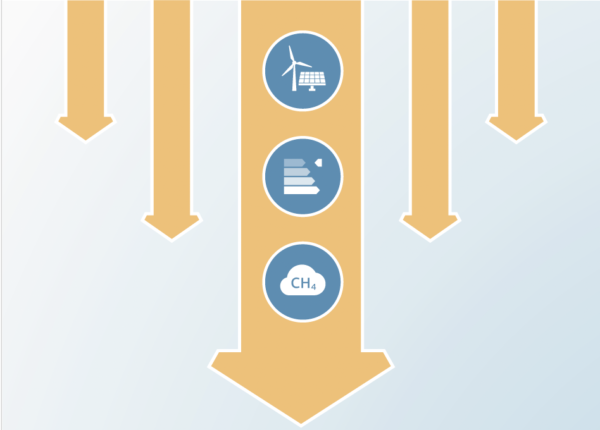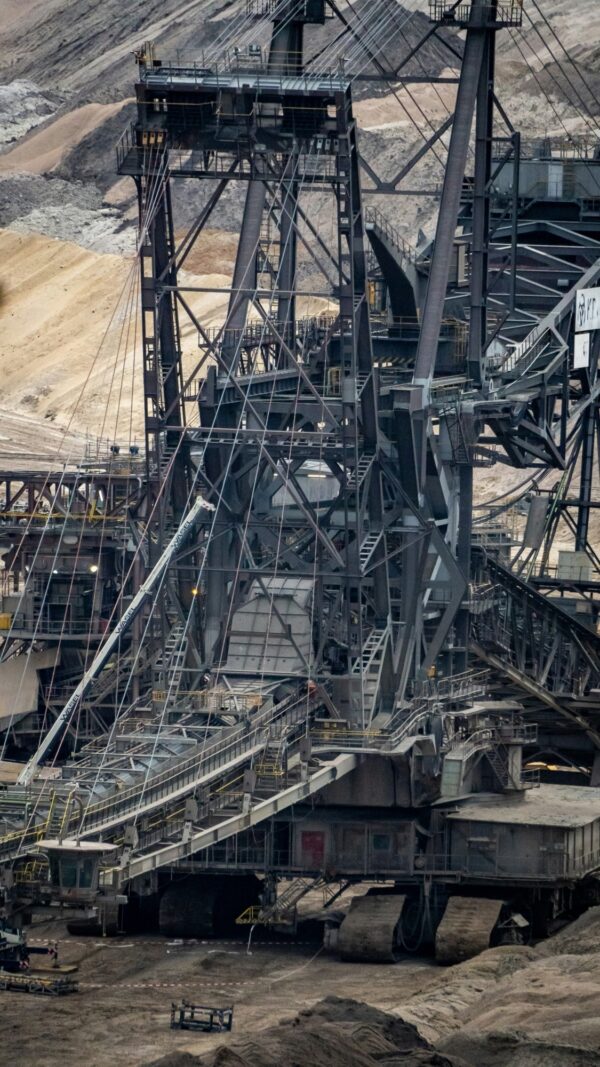Near-linear cost increase to reduce climate-change risk
Authors
Michiel Schaeffer, Tom Kram, Malte Meinshausen, Detlef P. van Vuuren, and Bill Hare

One approach in climate-change policy is to set normative long-term targets first and then infer the implied emissions pathways. An important example of a normative target is to limit the global-mean temperature change to a certain maximum. In general, reported cost estimates for limiting global warming often rise rapidly, even exponentially, as the scale of emission reductions from a reference level increases. This rapid rise may suggest that more ambitious policies may be prohibitively expensive.
Here, we propose a probabilistic perspective, focused on the relationship between mitigation costs and the likelihood of achieving a climate target. We investigate the qualitative, functional relationship between the likelihood of achieving a normative target and the costs of climate-change mitigation. In contrast to the example of exponentially rising costs for lowering concentration levels, we show that the mitigation costs rise proportionally to the likelihood of meeting a temperature target, across a range of concentration levels. In economic terms investing in climate mitigation to increase the probability of achieving climate targets yields “constant returns to scale,” because of a counterbalancing rapid rise in the probabilities of meeting a temperature target as concentration is lowered.











